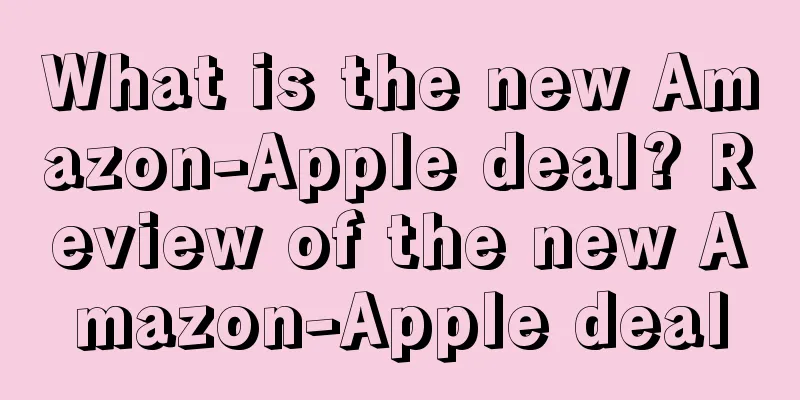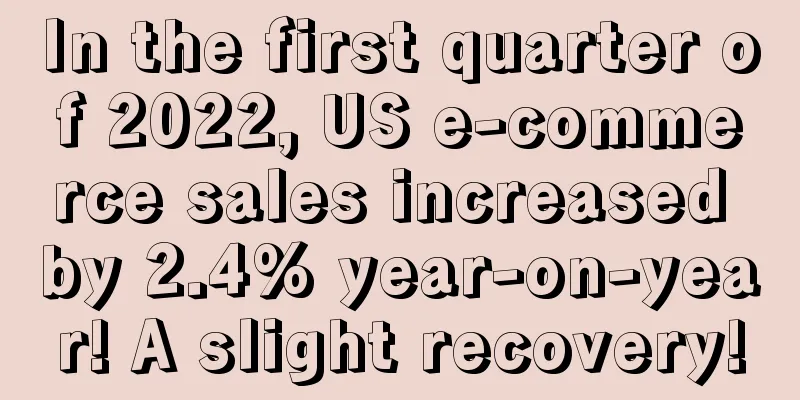As growth is hard to find and competition intensifies, fast fashion is flocking to the "third-party platform" track

|
The biggest news about Shein this year is that it officially launched the platform model. It is learned that according to foreign media reports, not only Shein, but also old fast fashion giants including Zara and H&M are scrambling to introduce more third-party brands. In addition to the intensified market competition, it is also to achieve higher unit prices and profits.
Shein is one of many new players that have entered the fast fashion space over the years, while e-commerce giants such as Amazon are also gaining a bigger share of the fashion space.
According to Insider Intelligence's June forecast, Amazon's sales in the apparel and accessories category are expected to reach $69.72 billion, accounting for 32.6% of total U.S. e-commerce sales, and this share will continue to grow.
Players in vertical markets will certainly not sit idly by, but in the current economic downturn, consumers are more price sensitive, making it more difficult to achieve profitable growth. Introducing third-party brands can enrich product selection, increase revenue through commissions and advertising, and provide more user data, all of which can help compete with e-commerce giants such as Amazon.
In June, H&M CEO Helena Helmersson said the brand plans to introduce more third-party brands in its online and offline stores; Shein also announced that it will expand its product line categories while introducing more third-party sellers; Zara continues to focus on the mid-to-high-end track, and it exclusively cooperates with third-party brands to launch higher-priced specialty products.
It is worth noting that Shein and H&M compete more in the low-price segment. In order to compete with Shein, H&M once proactively lowered its prices to a level similar to Shein. However, it is difficult to bring growth by rolling low prices. Now, both companies are also introducing more high-priced brands targeting the mid-to-high-end market. In the long run, achieving higher profit growth is the ultimate goal of the company.
H&M started to implement the third-party platform strategy last year and has now introduced more than 70 third-party brands in six markets around the world, including Adidas and New Balance. This strategy has indeed brought results. It is reported that H&M's net sales increased by 6% in the second quarter to approximately US$5.36 billion.
Inditex-owned Zara takes a different approach by integrating other brands through exclusive collaborations. For example, they collaborated with Korean brand Ader Error and British shoe manufacturer Clarks to launch special collections. Unlike H&M's market strategy, Zara focuses on exclusive collaborations with selected brands to offer unique clothing styles at a higher price.
In the most recent quarter, Zara's sales at stores and online grew 13% to 7.6 billion euros (more than $8 billion).
For Shein, the significance of the platform model also lies in diversifying its U.S. customer base. The penetration growth brought about by the epidemic has slowed down significantly, and Temu is catching up step by step in terms of traffic and supply. If Shein wants to keep the new user traffic pool active and profitable, it needs a platform model to attract more users and introduce more mid-to-high-end brands to prepare for getting rid of the low-price label in the future.
After turning to emulate the platform model, fast fashion faces a new problem, that is, how to attract more external brands to join. When Shein's platform model was first launched, it announced conditions such as free commissions and free return shipping for new sellers in the first three months, but its greater advantage lies in mobile traffic. Currently, Shein is still one of the most downloaded applications among fast fashion brands.
It can be foreseen that as the market gradually becomes saturated, more and more brands will develop in the direction of platformization, completing the iteration of business models through repeated upgrades and eliminations. Brands and sellers may also be able to find new development opportunities in these changes.
Editor✎ Ashley/ Disclaimer: This article is copyrighted and may not be reproduced without permission. |
<<: Shopify and Roposo join forces to support content creators to build online stores!
>>: Shopify AI assistant Sidekick is coming soon! It can answer merchants’ questions
Recommend
What is Guangsuda Logistics? Guangsuda Logistics Review
Shenzhen Guangsuda Logistics Co., Ltd. was establi...
What is ePRICE? ePRICE Review
The ePRICE platform was founded in 2000. Currently...
The "Amazon addiction" that can't be shaken off resulted in a loss of 266 million after the hot sale and listing!
Without a healthy profit level and the ability to ...
B2B e-commerce share increased to 9%! US manufacturing industry aims at B2B business expansion!
<span data-shimo-docs="[[20,"获悉,根据digital ...
Amazon’s high-visibility listing keyword embedding skills
Those who do cross-border business know the import...
What is Chaoxi International Logistics? Chaoxi International Logistics Review
Xiamen Chaoxi International Freight Forwarding Co....
The data of the "coldest" Black Friday in history is released: the longest time, the least number of orders...
In the blink of an eye, the annual Black Friday sa...
What is Wofei? Wofei Review
Shenzhen Wofay Global Technology Co., Ltd. is a cr...
FedEx announced it will scale back its operations and close some Sunday delivery routes!
It is learned that according to foreign media repo...
Monthly income of 2 million? Freight forwarders earn much less than you think...
When it comes to freight forwarders, sellers proba...
Why did Amazon store sales suddenly drop? Sellers can check these 10 reasons!
text Why did the sales of my Amazon store product...
What does the daily routine of an excellent Amazon operation look like?
Image source: Tuchong Creative We often say that t...
How do you view employees wearing headphones at work as a boss? Doesn't this affect communication/work?
Anonymous user My C position I have always had a p...
What is Zhiyu Co., Ltd.? Zhiyu Co., Ltd. Review
Zhiyu Co., Ltd. is headquartered in Taiwan and foc...









